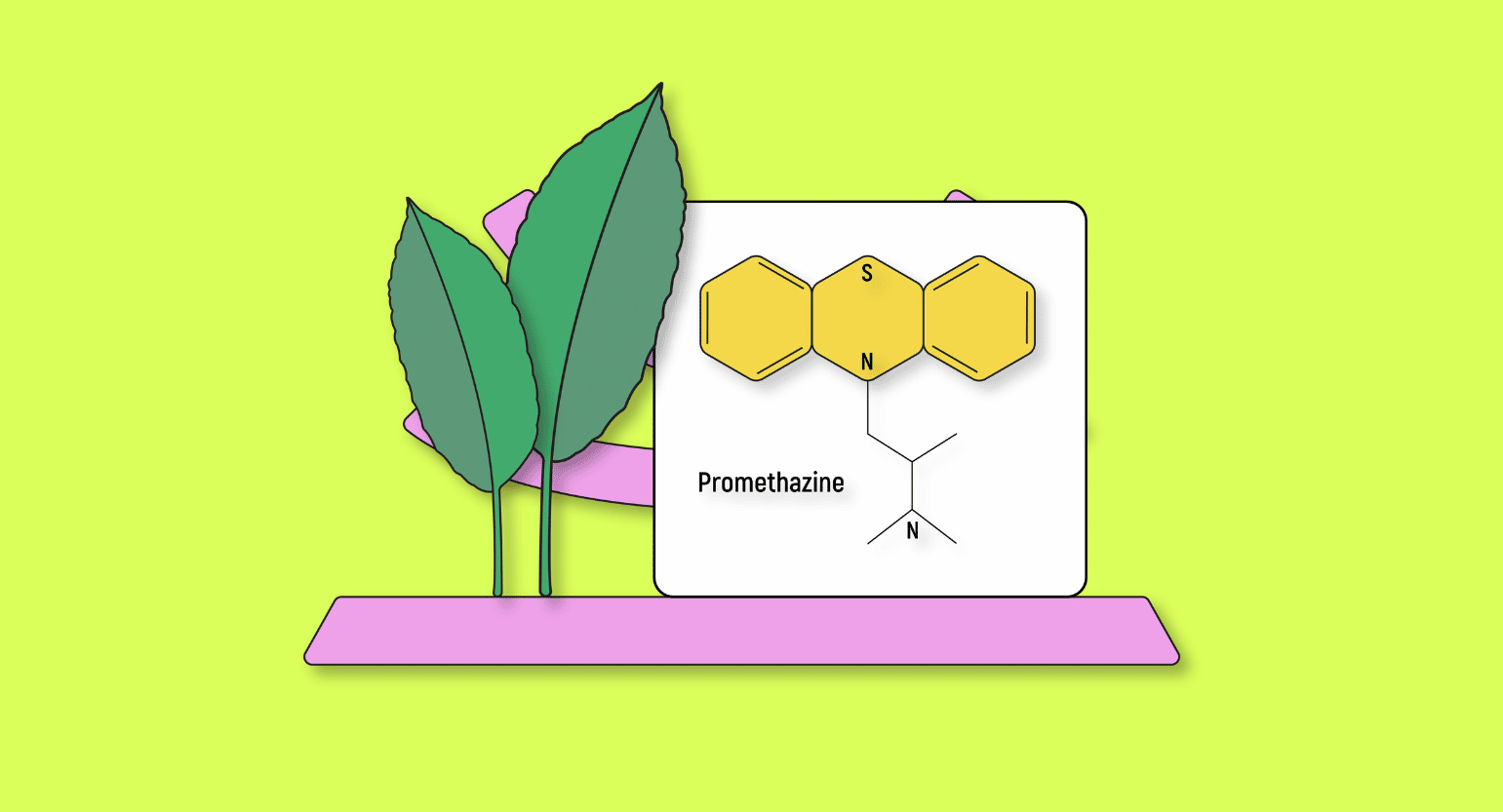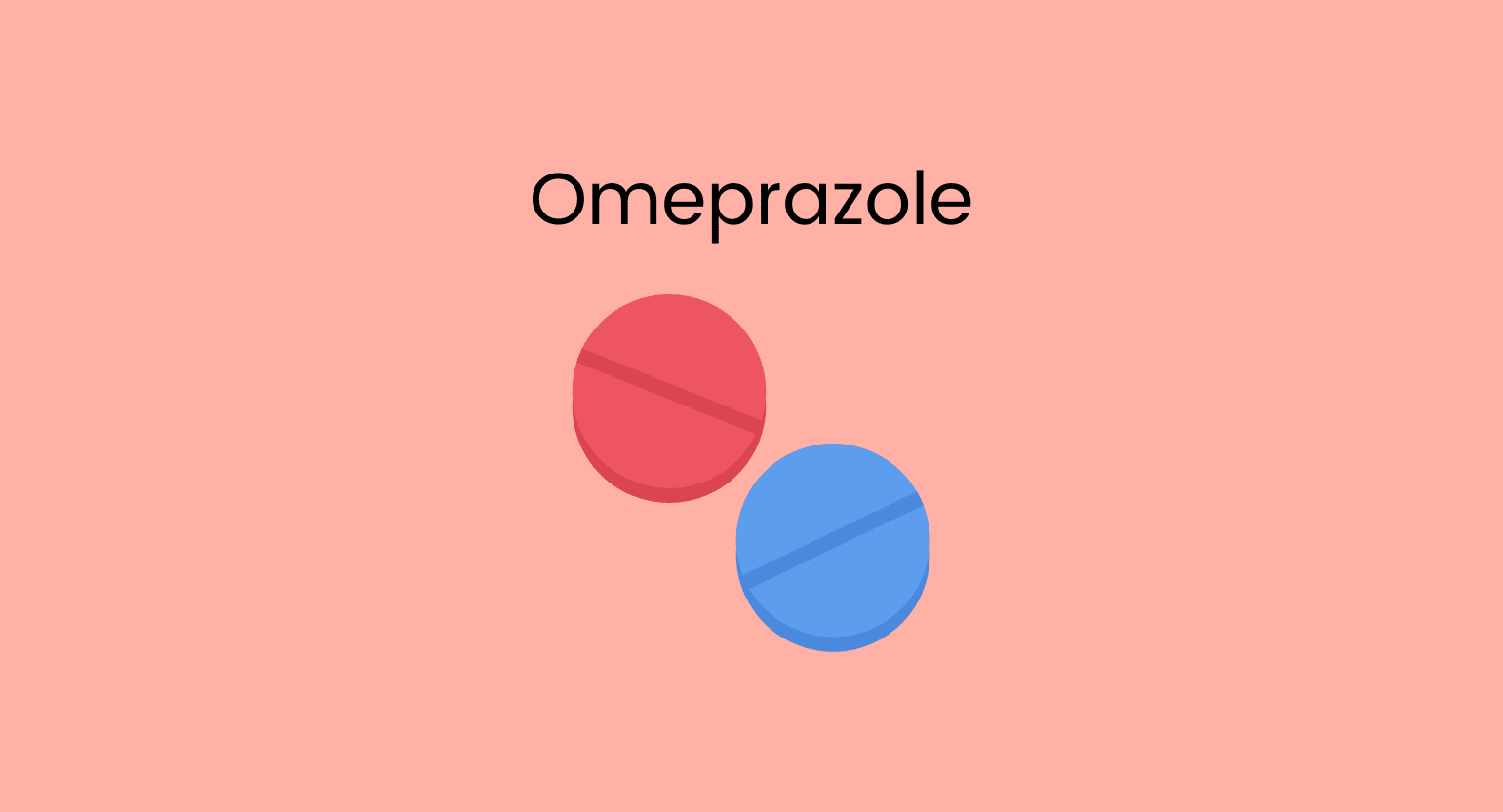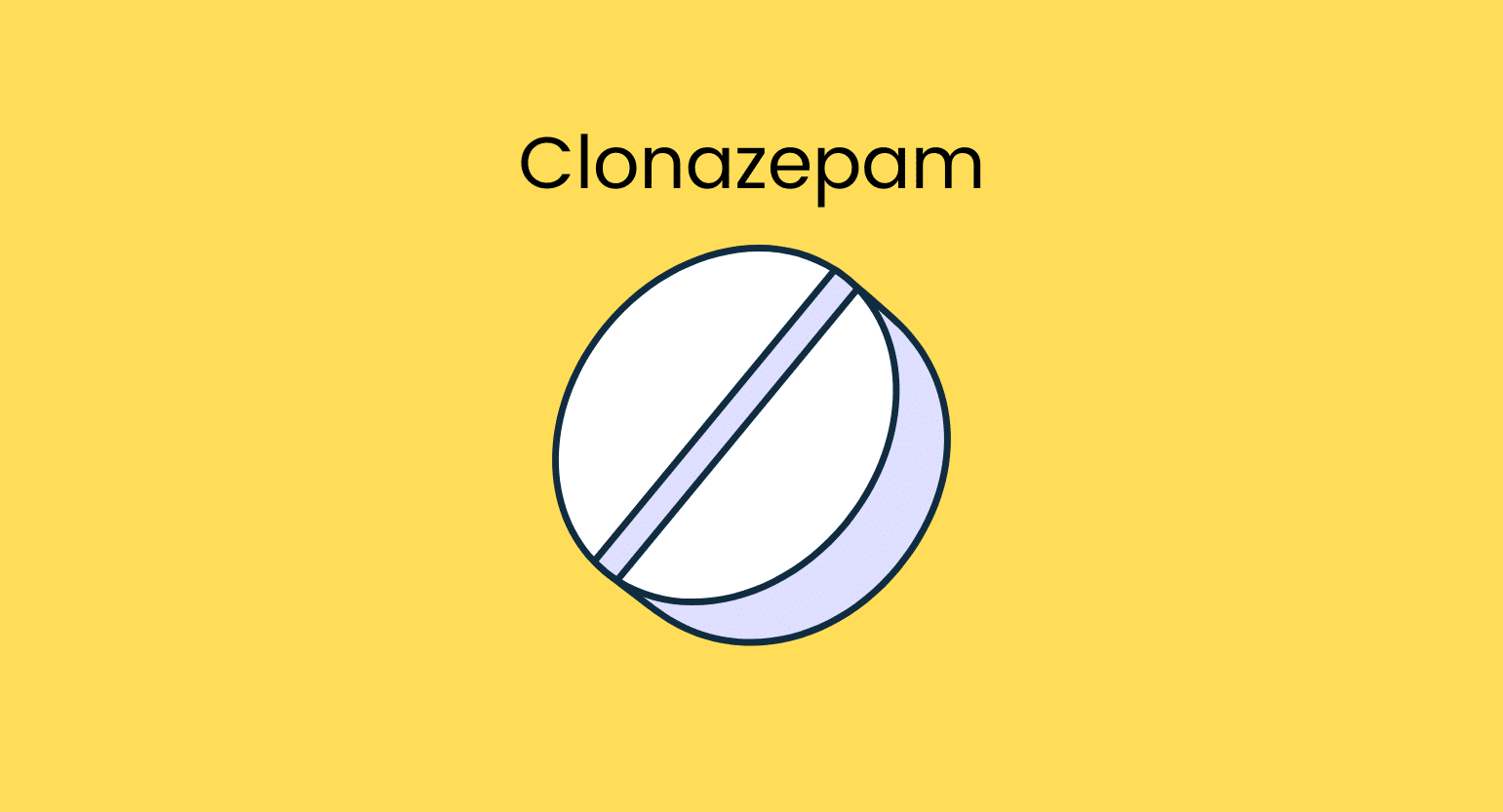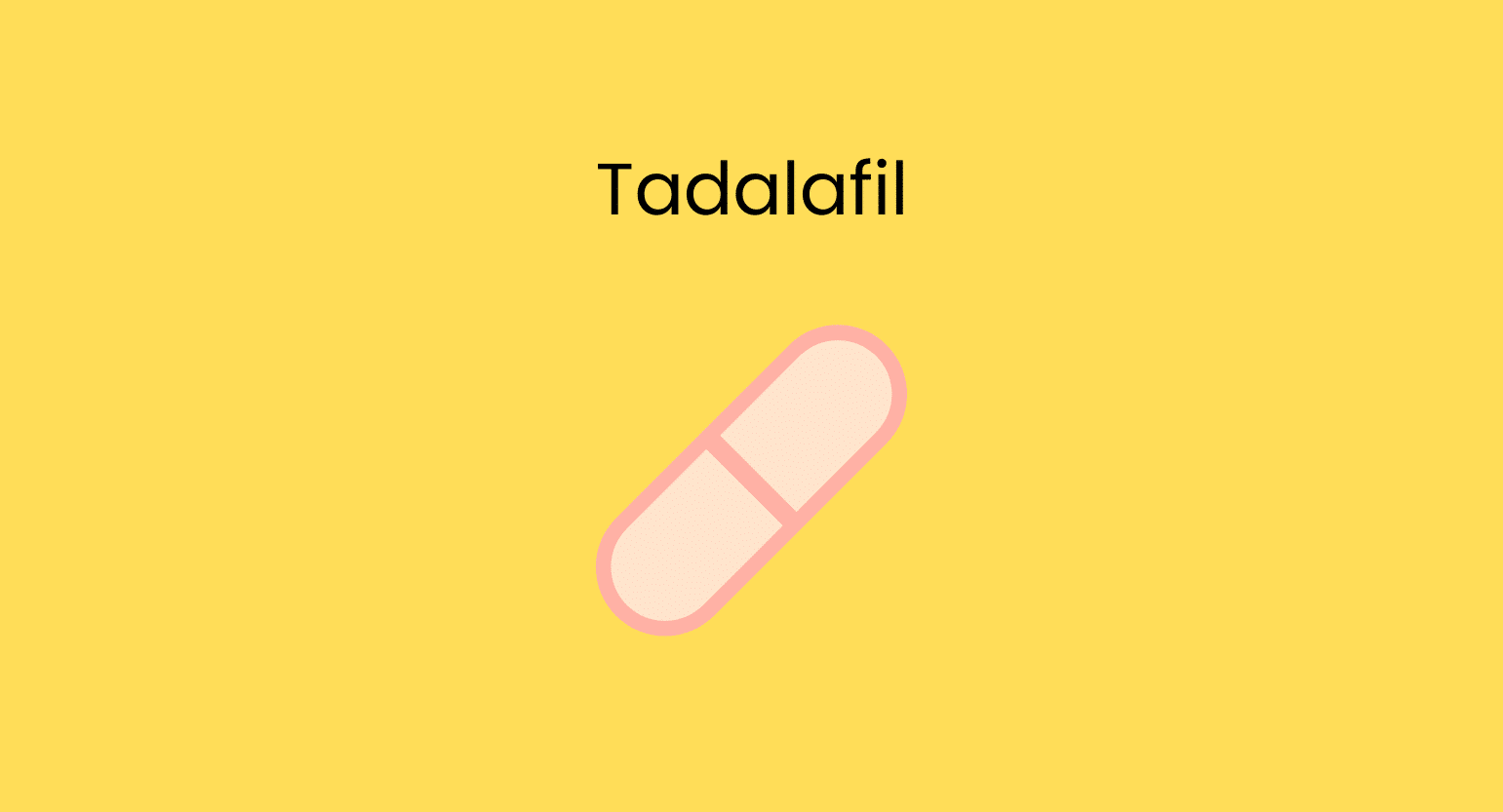Does Kratom Interact With Promethazine?
When taken together, promethazine and kratom can cause more potent effects. These two are also metabolic competitors. Their interaction might be moderate to severe.
Combining them increases the risks of experiencing severe side effects, including sedation and respiratory depression.
Consult a doctor before taking kratom and promethazine together.
The interaction of kratom with promethazine can occur in the following way:
Kratom Can Increase The Overall Effect (Agonistic Interaction)
If combined, kratom and promethazine have an agonistic interaction. This means their effects can sum up. A high dose of kratom produces sedation, which potentiates the sedation caused by promethazine.
Promethazine works by inhibiting H1 histamine receptors, which are present in various parts of the body. The drug prevents histamine-mediated allergic reactions and has sedating effects due to the antagonism of muscarinic and NMDA receptors.
Promethazine can cause respiratory depression — especially when combined with other central nervous system depressants [1].
Kratom’s active alkaloids, mitragynine, and 7-hydroxymitragynine, also produce sedation but via opioid receptors [2, 3].
Using kratom and promethazine together results in prolonged and deep sedation, which can become dangerous, especially if you’re driving or operating machinery.
Kratom Can Delay Promethazine’s Elimination (Metabolic Competition)
Liver enzymes primarily metabolize drugs within the body. When two drugs that require the same metabolizing enzyme are taken together, one or both drugs stay in the body longer than they’re supposed to, causing more extreme side effects. This phenomenon is known as metabolic competition.
Promethazine is metabolized in the liver by the CYP2D6 enzyme [4]. CYP2D6 is also responsible for the metabolism of kratom [5]. This results in an increased duration of action for both drugs. The two drugs can accumulate in the bloodstream, resulting in adverse effects.
Kratom & Antihistamines Interactions
Promethazine is an anti-allergy medication that works by blocking histamine receptors. The drug can help prevent motion sickness and is also helpful in treating vomiting due to various etiologies. Promethazine’s antiemetic properties are due to the blockade of receptors in the chemoreceptor trigger zone in the brain.
Promethazine is a first-generation antihistamine drug. These drugs help decrease symptoms such as runny nose, itchy eyes, and sore throat associated with allergies.
Other first-generation antihistamines that can interact with kratom include:
- Brompheniramine (Dimetapp Cold)
- Dimenhydrinate (Dramamine)
- Diphenhydramine (Benadryl, Nytol, Sominex)
- Doxylamine (Vicks NyQuil, Tylenol Cold, and Cough Nighttime)
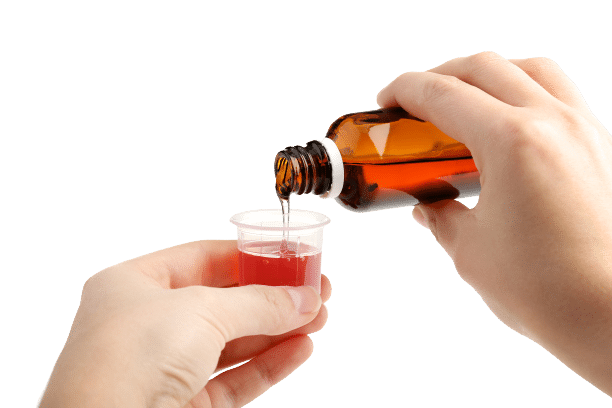
Is it Safe to Take Kratom With Promethazine?
No. Taking kratom with promethazine is unsafe due to the moderate risk of adverse reactions.
Kratom produces both stimulating and sedating effects based on the dose — larger amounts cause sedation [6]. Consuming kratom with promethazine increases the sleep-inducing effect of promethazine, leading to prolonged sedation. There may be disorientation and confusion.
Seek medical advice before consuming kratom and promethazine together. Please visit the nearest health facility if you experience side effects from using these drugs.
What is Promethazine?
Promethazine is a drug that belongs to the first-generation antihistamine class. It is also an antiemetic and sedative [1]. Promethazine acts as an antagonist at H1 histamine receptors and works at alpha-adrenergic receptors, NMDA receptors, and mesolimbic dopamine receptors in the brain.
The drug acts as an anti-allergic and antiemetic drug through antagonism at antihistamine receptors. Muscarinic and NMDA receptor antagonism contributes to its use as an anxiolytic and a sleep aid.
Promethazine is available in tablets, syrups, injections, and suppositories and is widely used for motion sickness and allergic conditions. The drug can cause severe sedation and paradoxical restlessness in some people.
Promethazine Specifications
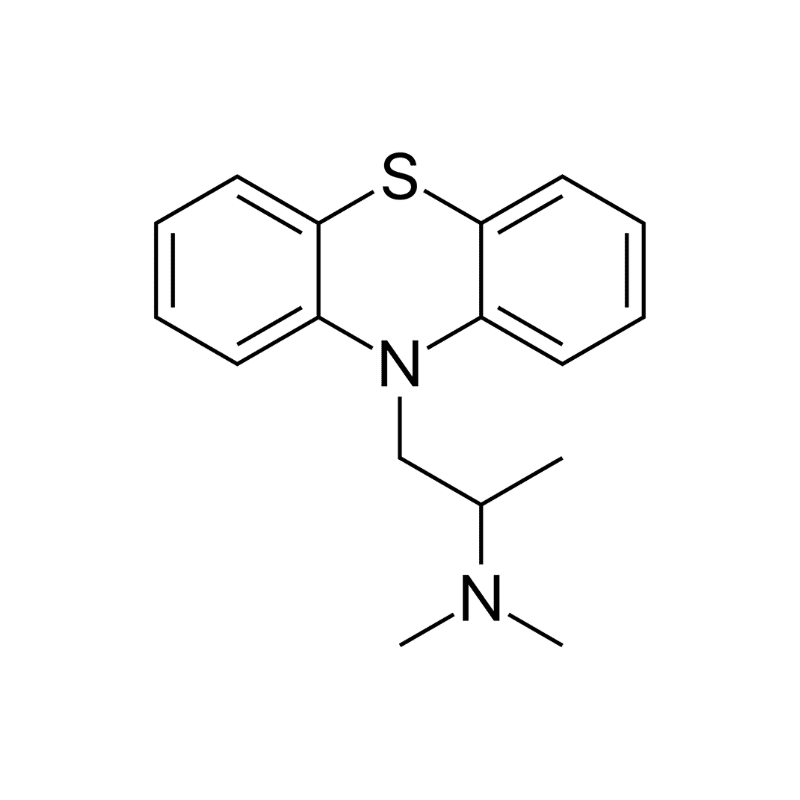
| Drug Name | Promethazine |
| Trade name | Phenergan, Phenadoz, Promacot, Promethagen |
| Classification | First-generation antihistamine |
| CYP Metabolism | CYP2D6 |
| Interaction With Kratom | Agonistic, Metabolic Competition |
| Risk of Interaction | Moderate to high |
What is Promethazine Used for?
Promethazine is used for the treatment of various ailments, including:
Nausea & Vomiting
Promethazine is used for the treatment and prevention of nausea and vomiting. The drug acts by blocking H1 histamine receptors, muscarinic receptors, and dopamine receptors in the medullary vomiting center.
It must be administered every four to six hours to prevent nausea and vomiting [7]. It is commonly used in the postoperative period as an antiemetic and for treating nausea and vomiting associated with anesthesia or chemotherapy. It also treats moderate to severe morning sickness during pregnancy, known as hyperemesis gravidarum.
Allergies
Promethazine is used in the treatment of allergies. It can be used for various allergies, ranging from mild hay fever to severe anaphylaxis reactions. This drug’s antihistamine action helps alleviate the symptoms of allergic reactions.
Promethazine can be used in allergic rhinitis, allergic conjunctivitis due to inhaled allergens, mild urticaria, angioedema, and allergic reactions to blood products. The drug is an adjunct to adrenaline for acute severe anaphylactic reactions [8].

Motion Sickness
Prevention of motion sickness is an indication for the use of promethazine. It is taken half an hour to one hour before anticipated travel to prevent motion sickness [9]. During prolonged travel durations, the dose must be repeated every eight to twelve hours.
Anxiety
Pre-operative apprehension can be relieved by the use of promethazine. The drug calms the patient and prevents anxiety.
Sleep Disorders
Promethazine induces quiet sleep. The drug can be used in adjunct with analgesics for postoperative sedation of patients.
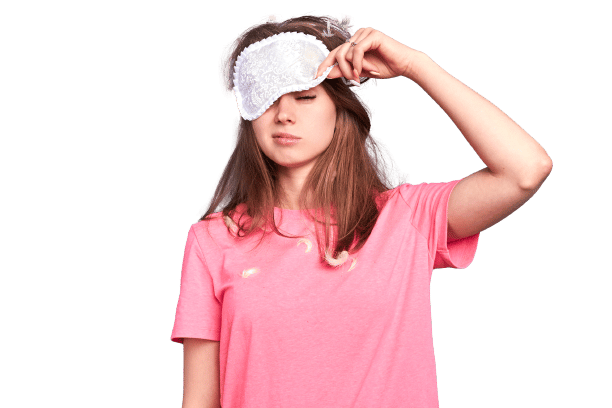
What’s the Dose of Promethazine?
The use determines the dose of the drug, which is available in oral, intramuscular, and intravenous forms. The oral form of promethazine is used at a dosage of 12.5 to 50 mg per day.
Generic & Brand Name Versions
Promethazine is made by many different companies and its available in the market under the following brand names:
- Phenergan
- Phenadoz
- Promacot
- Promethagen
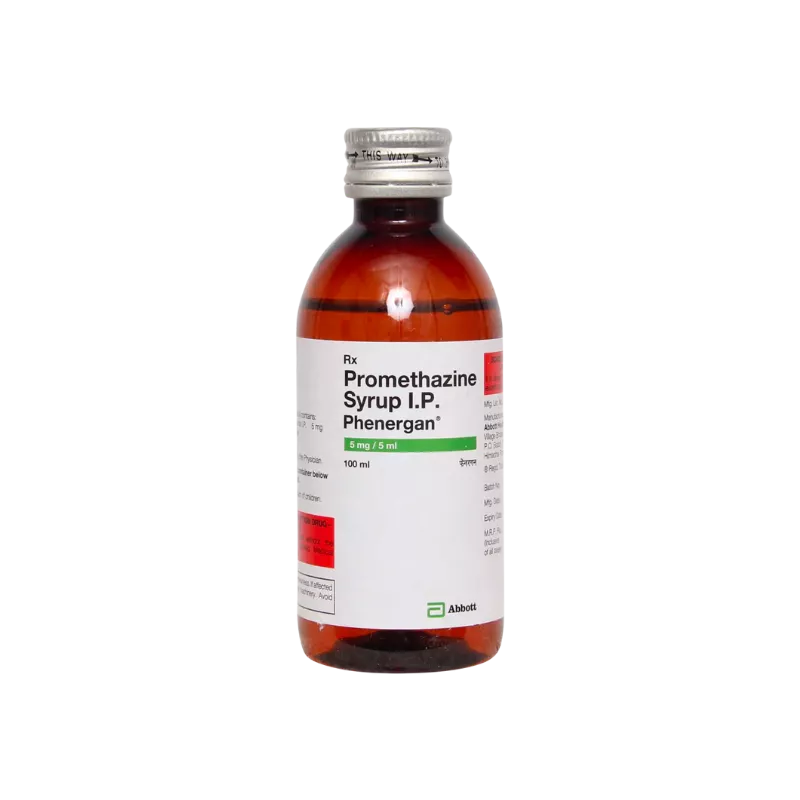
What Are the Side Effects of Promethazine?
As with any other prescription medication, promethazine consumption involves the risk of experiencing side effects.
The following are side effects associated with promethazine:
- Abnormal heart rhythm
- Blurred or double vision
- Confusion
- Constipation
- Dizziness
- Dry nose and mouth
- Drowsiness
- Hallucination
- Itching
- Liver damage and cholestatic jaundice
- Loss of coordination
- Low blood pressure
- Nightmares
- Nausea and vomiting
- Paradoxical restlessness or hyperactivity
- Respiratory depression, particularly in children
- Ringing in ears
- Seizures and other abnormal body movements
- Urinary retention
Promethazine should not be used in patients with hypersensitivity to the drug. It is contraindicated in children below two years of age and comatose patients due to the risk of severe respiratory depression.
What is Kratom?
Kratom is an evergreen tree called Mitragyna speciosa. Its leaves contain alkaloids that have stimulating, pain-relieving, and sedating effects, depending on the dose used.
Kratom is used in traditional herbal medicine in many Southeast Asian nations, including Vietnam, Thailand, and Indonesia. Natives chew the leaves for extra energy and pain relief, often during long work days. Elsewhere, kratom powder is the most common way to consume kratom, though it also comes in capsules, dried leaves, and extracts.
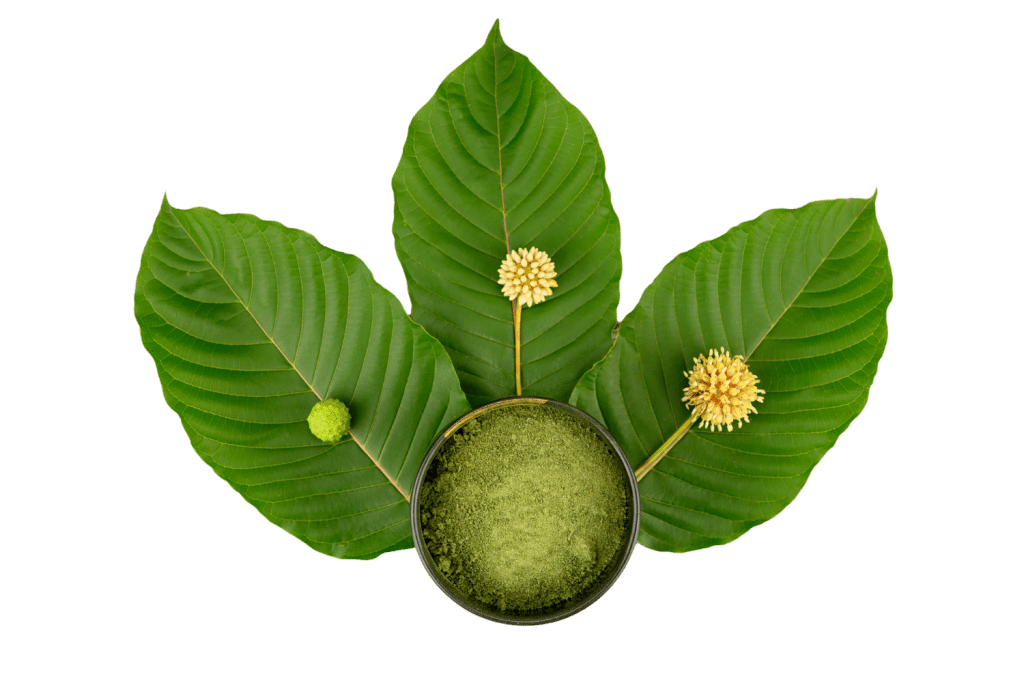
What’s Kratom Used for?
This plant has many uses, which is why it’s so popular. Here are the most common reasons people use kratom:
- Anxiety
- Arthritis pain
- Benzodiazepine withdrawal
- Depression
- Energy
- Fibromyalgia
- Insomnia
- Migraines
- Opioid withdrawal symptoms
- Pain
- Psoriatic Arthritis
What is the Dose of Kratom?
Since the effects change depending on the amount, it’s essential to understand how kratom works.
Small amounts (2-5 g) stimulate focus, creativity, and euphoria. More significant amounts (6-10 g) will be calming, even sedating, and offer substantial pain and anxiety relief. The strain you use also affects how pronounced these effects are.
The best way to measure your dose of kratom is by weight using a small scale.
Related: How Much Kratom Should I Take?

What Are the Side Effects of Kratom?
Since kratom acts on many bodily systems, it has side effects. However, these are usually minor and don’t last long.
Some long-term side effects can occur — including addiction and liver damage — but this is usually a result of consistently heavy use.
Common side effects include:
- Anxiety
- Constipation
- Depression
- Dizziness
- Dry mouth
- Gastrointestinal issues
- Headaches
- Heart palpitations
- Irritability
- Nausea
- Sedation
Severe side effects are rare but include:
- Addiction
- Aggression
- Appetite loss
- Discoloration of cheeks (when chewed)
- High blood pressure
- Liver damage
- Seizure
- Weight loss
While kratom addiction is possible, it is not as dangerous as opioid addiction. If you watch for signs of kratom addiction and use it responsibly (take breaks and only use it when necessary), you should be able to avoid it.
Suggested Reading: How Much Kratom is Too Much?
What Are the Different Types of Kratom?
As we mentioned, strains have a role in the overall effects. In general, all kratom is energizing in low doses and sedating in larger amounts, but the strain determines how extreme these effects are due to the different alkaloid contents. Here’s a look at the categories.

White Vein Kratom
White vein kratom is derived from an immature plant and contains less 7-hydroxymitragynine, the alkaloid mainly responsible for the opioid-like effects. These strains help improve mood and enhance cognitive functions like creativity and focus.

Red Vein Kratom
Red vein kratom is used as a sleeping aid, decreases anxiety, and provides a calming sensation. These strains are potent pain-relievers and act most like opioids.

Green Vein Kratom
Green vein kratom has sedative and stimulatory effects based on the amount used. These strains are balanced, offering a mix of calm energy and often providing a long action duration.

Yellow Vein Kratom
This kratom variant can be produced by drying the leaves of various forms of kratom and allowing its fermentation. Yellow vein kratom is very potent and acts as an anxiolytic.
Key Takeaways: Is it Safe to Mix Kratom & Promethazine?
Kratom and promethazine can have a high level of interaction with each other. Their interaction is considered agonistic —meaning they can potentiate each other’s effects.
Both compounds an be sedating, so there the risk of deep sedation when taken together. Both drugs also share a common metabolizing enzyme, resulting in a drug build-up.
Consult your primary physician before using both drugs together.
- Southard, B. T., & Al Khalili, Y. (2022). Promethazine. In StatPearls [Internet]. StatPearls Publishing.
- Watanabe, K., Yano, S., Horie, S., & Yamamoto, L. T. (1997). Inhibitory effect of mitragynine, an alkaloid with analgesic effect from Thai medicinal plant Mitragyna speciosa, on electrically stimulated contraction of isolated guinea-pig ileum through the opioid receptor. Life sciences, 60(12), 933-942.
- Babu, K. M., McCurdy, C. R., & Boyer, E. W. (2008). Opioid receptors and legal highs: Salvia divinorum and Kratom. Clinical toxicology, 46(2), 146-152.
- Nakamura, K., Yokoi, T., Inoue, K., Shimada, N., Ohashi, N., Kume, T., & Kamataki, T. (1996). CYP2D6 is the principal cytochrome P450 responsible for metabolism of the histamine H1 antagonist promethazine in human liver microsomes. Pharmacogenetics, 6(5), 449–457.
- Kamble, S. H., Sharma, A., King, T. I., León, F., McCurdy, C. R., & Avery, B. A. (2019). Metabolite profiling and identification of enzymes responsible for the metabolism of mitragynine, the major alkaloid of Mitragyna speciosa (kratom). Xenobiotica, 49(11), 1279-1288.
- Singh, D., Narayanan, S., Grundmann, O., Dzulkapli, E. B., & Vicknasingam, B. (2019). Effects of Kratom (Mitragyna Speciosa Korth.) Use in Regular Users. Substance use & misuse, 54(14), 2284–2289.
- Tan, P. C., Khine, P. P., Vallikkannu, N., & Omar, S. Z. (2010). Promethazine compared with metoclopramide for hyperemesis gravidarum: a randomized controlled trial. Obstetrics and gynecology, 115(5), 975–981.
- Fan, H. W., Marcopito, L. F., Cardoso, J. L., França, F. O., Malaque, C. M., Ferrari, R. A., Theakston, R. D., & Warrell, D. A. (1999). Sequential randomised and double blind trial of promethazine prophylaxis against early anaphylactic reactions to antivenom for bothrops snake bites. BMJ (Clinical research ed.), 318(7196), 1451–1452.
- Shupak, A., & Gordon, C. R. (2006). Motion sickness: advances in pathogenesis, prediction, prevention, and treatment. Aviation, space, and environmental medicine, 77(12), 1213–1223.

